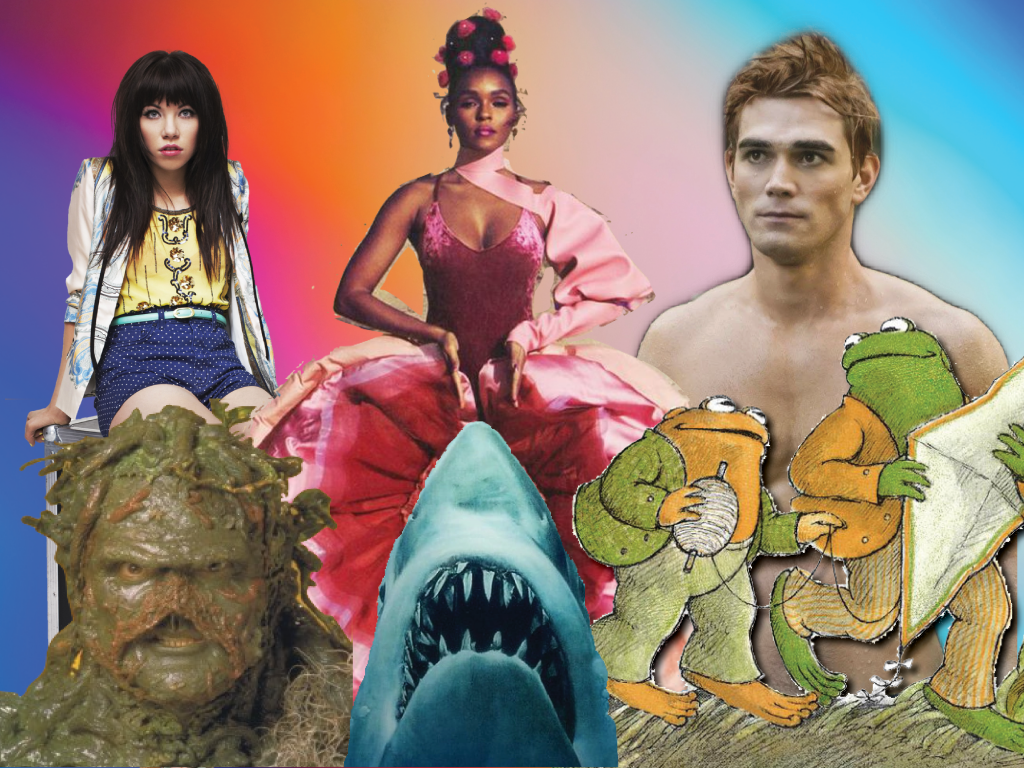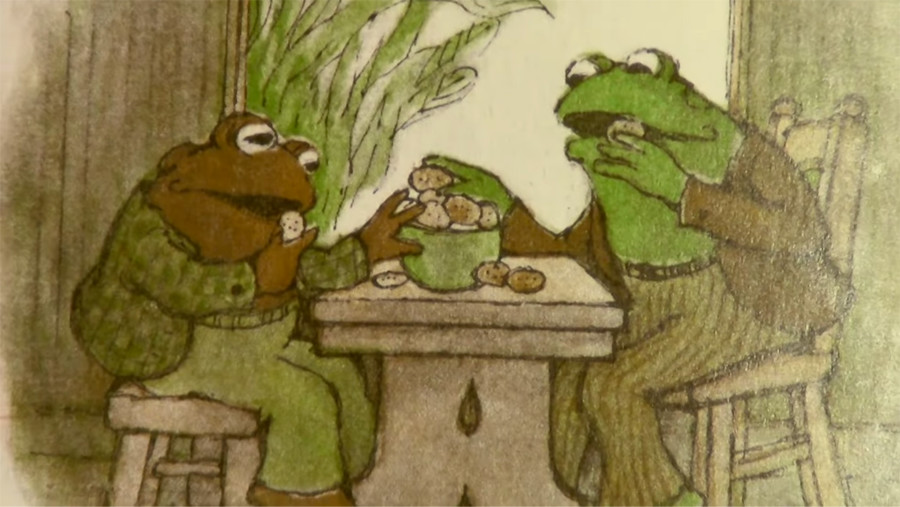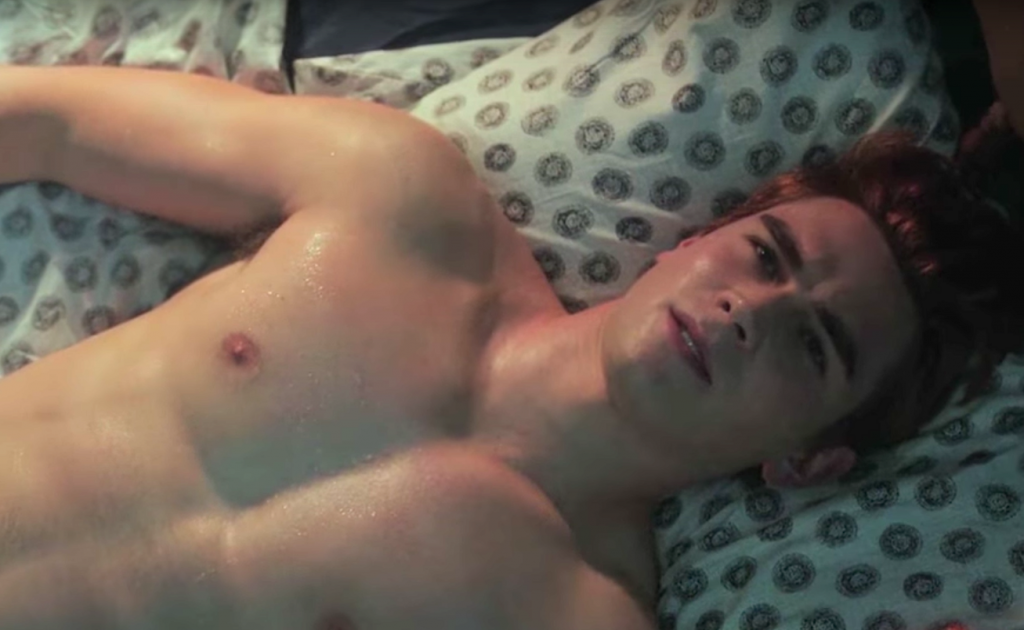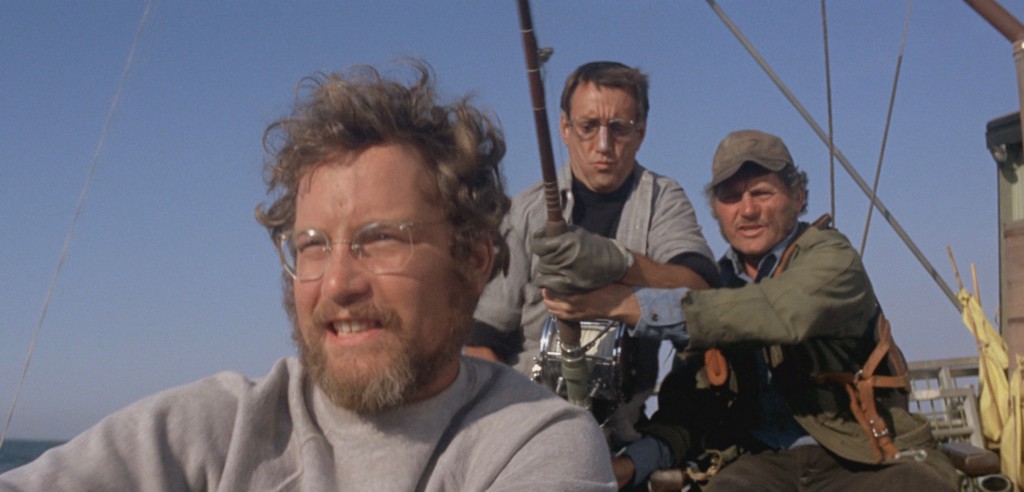If you enjoy reading Electric Literature, join our mailing list! We’ll send you the best of EL each week, and you’ll be the first to know about upcoming submissions periods and virtual events.
Over the last 5 years, there has been an explosion of queer representation in all forms of media. From TV shows like Pose to Steven Universe, movies like Portrait of a Lady on Fire and Moonlight, musicians Lil Nas X and the late SOPHIE, and books like In the Dream House and Freshwater, people across the LGBTQ community can finally start to see themselves represented. Here are some of our favorite essays that examine queer identity in pop culture.
“I Wrote the Super Queer Novel My Younger Self Needed” by Celia Laskey
For Celia Laskey, growing up in a small town in Maine meant having no exposure to queer culture. In her assigned readings, the focus was on cishet men fawning over cishet women, while lesbianism could only be a personified punchline. In her essay, she reflects on the ways that having access to diverse literature with humanized queer characters could’ve eased her coming out.
It’s impossible to say what might have happened if I had grown up in a different world, but I think my chances of being happier sooner would have greatly increased in a world where queer people are visible, where our stories are just as valid.
“‘Dirty Computer’ is Not a Coming Out Album-Because Janelle Monáe’s Music Has Been Queer All Along” by Laura Passin
Janelle Monáe’s Dirty Computer was a cultural and critical success that generated conversation about her sexuality and relationship with Tessa Thompson. However, Laura Passin makes the case that Monáe’s queerness was never hidden, while also portraying Dirty Computer as confessional poetry instead of a coming out statement.
Monáe is not exactly casting off a straight mask to reveal a queer reality. But is she casting off a mask at all? Is Janelle Monáe’s new persona really closer to “herself”?
“Frog and Toad Are Queer Relationship Goals” by S.E. Fleenor
Frog and Toad are friends and lovers. S.E. Fleenor may not have grown up with the beloved childhood amphibians, but in their essay, they tackle why this relationship rings true to queer couples today.
They made me feel understood not just as a person, but as a queer person in love.
“Everything I Know About Queer Community I Learned from Swamp Thing” by Emme Lund
In the 1989 sequel movie The Return of the Swamp Thing, Emme Lund saw a future for herself for the first time. In a stark contrast to other movies and narratives about monsters and “othered” creatures, this movie doesn’t betray the Swamp Thing. Lund dissects why Swamp Thing’s “happily ever after” meant so much for a closeted trans girl growing up in an evangelical family.
To me, the movie always felt like it was made for people who feel monstrous, a portrayal of a monster’s survival and eventual happiness.
“How “Riverdale” Turns Masculinity Into a Queer Thirst Trap” by Manuel Betancourt
The CW adaptation of the Archie comics, Riverdale, is a cultural amalgamation of a “post-James Franco world.” In his essay, Manuel Betancourt dives into how Riverdale uses the many cliches and tropes of teen television to turn Archie into a campy and homoerotic beefcake.
To titillate with such sanctified male ideals is to court a gay gaze that’s long been denied.
“‘Jaws’ is a Film Full of Queer Intimacy You Never Noticed” by Jen Corrigan
Although Jaws feels like a staple of film bros and masculinity, Corrigan examines it through her own bisexual lens. Her perspective of both queerness and sexual fluidity speaks volumes to the tale of sharks, violence, and isolated men at sea.
What I like about the sexuality in Jaws is the ambiguity. There’s an in-betweenness there in which the men are not gay nor straight but are instead neither or both.
“Carly Rae Jepsen’s Queer Renaissance” by Michael Waters
Pop artist Carly Rae Jepsen might be best known for her 2012 viral hit “Call Me Maybe,” but to Waters, she represents an ambiguity and safe space for queer listeners. In this essay, he explains to a straight audience how a straight Candian singer built herself a loyal following of queer fans.
Jepsen’s anonymity within her own music allows all kinds of desire to permeate into it. In a music world in which spaces for queer people, especially queer women, are so limited, there is a revolution in that.
“How Queer Writers Are Creating Queer Genres” by Alanna Duncan
When Duncan looked to contemporary works by queer writers, she found the same themes popping up: fragments, distance, the second person. In examining a number of novels including Brian Blanchfield’s Proxies and Patrick Cottrell’s Sorry to Disrupt the Peace, she pinpoints exactly what makes queer writing so distinct to a queer audience.
As queer people, everywhere we turn, we must reassert ourselves and take up space, over and over again.







